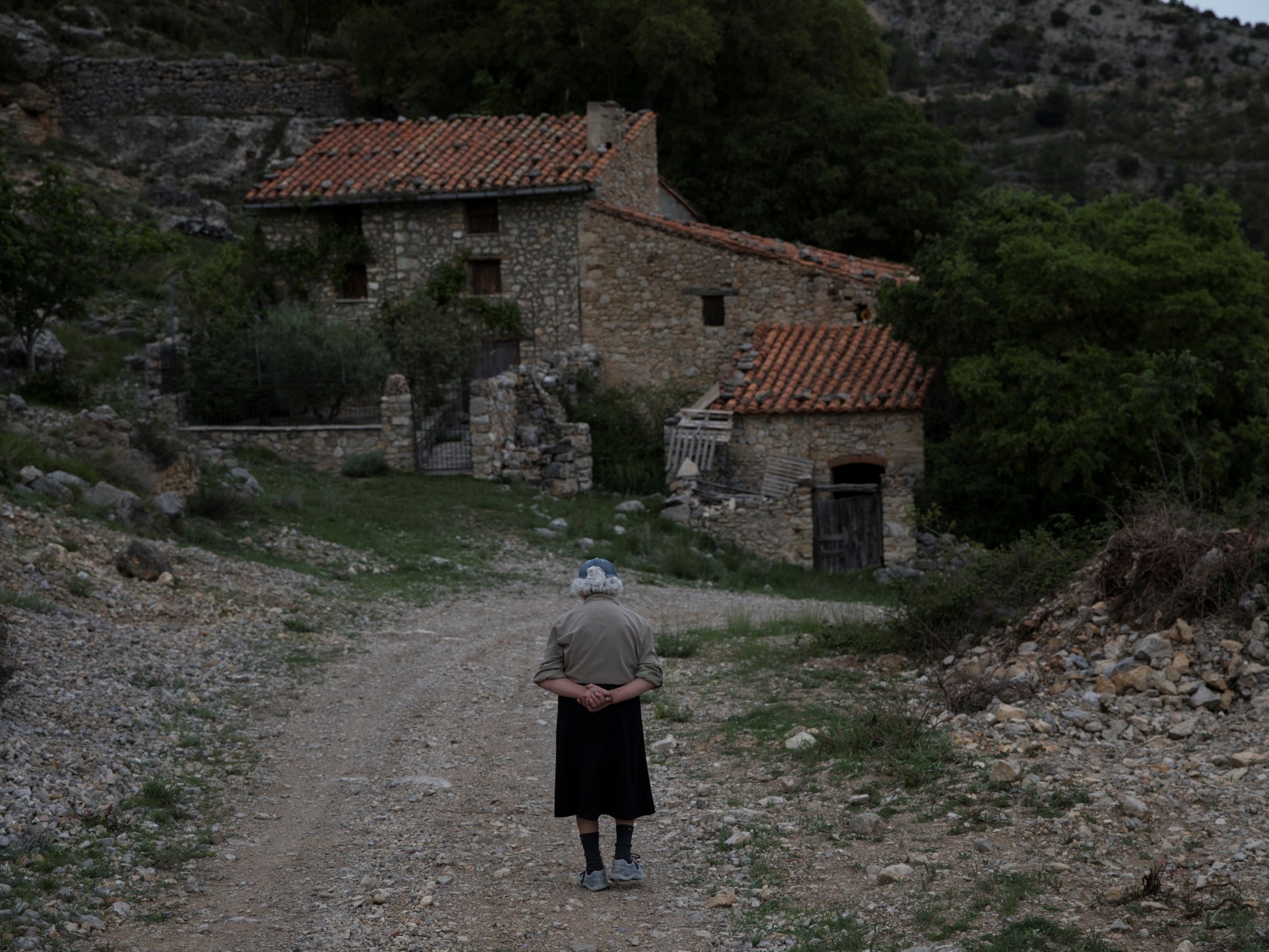'We are the fools who stayed': The elderly couple who live in Spain's population desert
An elderly couple are the last inhabitants of La Estrella, a village in the centre of Spain’s creeping ‘population desert’. But, as Susana Vera and Isla Binnie find, they quite enjoy their solitude

Your support helps us to tell the story
From reproductive rights to climate change to Big Tech, The Independent is on the ground when the story is developing. Whether it's investigating the financials of Elon Musk's pro-Trump PAC or producing our latest documentary, 'The A Word', which shines a light on the American women fighting for reproductive rights, we know how important it is to parse out the facts from the messaging.
At such a critical moment in US history, we need reporters on the ground. Your donation allows us to keep sending journalists to speak to both sides of the story.
The Independent is trusted by Americans across the entire political spectrum. And unlike many other quality news outlets, we choose not to lock Americans out of our reporting and analysis with paywalls. We believe quality journalism should be available to everyone, paid for by those who can afford it.
Your support makes all the difference.For more than 30 years, Juan Martin Colomer and his wife Sinforosa Sancho have lived alone in a village in Spain’s eastern highlands that once had more than 200 inhabitants.
“Everyone has gone, we are the fools who have stayed,” laughs Sinforosa, who turned 85 this month, sitting on the steps of a pink-fronted building that was once the local boys’ school.
“We have always lived like this. When it’s cold, we make a fire. We sleep under blankets. You are here, you have chickens, rabbits, the land, and you manage,” she says.
Nestled in a valley in the northeastern Aragon region, where pollen drifts over pine trees that have gradually spread across the formerly arable land, the village is at the centre of a creeping population desert.
Residents began abandoning these rural towns and villages to seek work in cities when the civil war ended in 1939, leaving behind an area twice the size of Belgium that is set to become the least populated in the European Union.
There are fewer than eight inhabitants for every square kilometre, and those who remain are ageing, a drastic sample of a society where across Spain deaths outpaced births last year at the fastest rate since records began in 1941.
Juan Martin and Sinforosa’s son Vicente was the last child to live there, and he had to go to school in a nearby village after the local teacher left and his school closed.
“If there are no children, there is no life,” says Juan Martin, 84.
The pair live on a pension of around €1,200 ($1,400) a month between them. They keep rabbits and hens for meat and eggs, and drive to a nearby town to buy other food which they cook on a butane stove or their open fire.
Until 10 years ago they relied on oil lamps for the rare occasions they needed artificial light, but now they have solar panels to provide electricity.
“We have never had a telephone line, and there is only a mobile signal in the cemetery,” Sinforosa says.
Neither misses society, and despite owning a house in nearby Villafranca, they only go there to visit Vicente and his family.
“We have grown up in solitude and we like it,” says Juan Martin, but he does not expect anyone will want to live as they do in the future. “La Estrella will die out with us.”
Reuters
Join our commenting forum
Join thought-provoking conversations, follow other Independent readers and see their replies
Comments